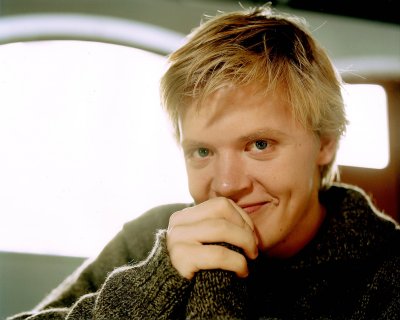Improv is how I interact with a piano mostly. As much as I’ll go and play music by some wonderful composers, or my own music, very often I’ll just sit at the piano with a coffee and play away whatever comes into my head. I have been known to be playing with one hand while reading twitter with my phone in my other hand, but that’s a bad habit I’m trying to do less of.
I go through phases with what I play when I’m just improvising away at the piano. Lately a lot of my piano improvisations have ended up exploring similar rhythm patterns, and a lot of close playing with overlapping hands. For a while I was really exploring a lot of simple chord progressions and melodies, out of which grew some of the piano instrumental pieces that I still play and have done demo recordings of. There’s one piece that I’ve not recorded at all yet which is sort of a link from that stuff to the kind of exploration I’m doing at the piano these days.
I’ve found myself playing compound chords, odd progressions, lots of repeated chords with accents providing the rhythms, and melodies forming and dispersing out of those chords. There was a quote that stuck in my head from a piano masterclass from Daniel Barenboim I was watching on youtube, where he said something about how you are either playing with all ten fingers as individual fingers, or else with both hands as one unit. It stuck in my head, because it’s so true:
“You don’t play with two units, with two hands: you either play with one unit made of two hands, or you play with ten units.”
Daniel Barenboim – Masterclass on Beethoven – Chicago, USA. July 2005
The kinds of music I explore through improvisation is very much a signifier of what kind of music I write around that time, as very often it’s through improv that I’ll find a melody, or progression, or whatever, that ends up as a song. Certainly I can pinpoint which songs of mine were written around the same time, merely by looking at what kind of piano part it has.
I’m always tempted to record myself every time I improvise, but that’d be a heck of a lot of random hours of playing music, with a lot of repetition as I explore an idea. Instead, if there’s something I really like that I’m playing, I’ll play around with it and really watch what I’m playing. Also, I don’t really like people listening to me improvising, as it’s always riddled with “mistakes”, or messy playing, or half formed ideas, and as interesting as those sketches might be, they’re really just sketches which might become actual works later on. Also, the improv can be a lot closer to the bone, and it’s like a musical brain drain I guess. It’s also my favourite way to practice and exercise my hands, but not perhaps the best way, as it gets too limited in focus sometimes.
One of the simple little piano pieces that grew from an improv is the extra bonus track on the Bandcamp version of the album, but you can download it for free if you sign up to my mailing list with your email address.
I always tell people that piano is easy – the notes are there, you just play them, but playing piano well is the difficult part. But really, if you’re interested in piano you should watch that entire masterclass with the three different pianist being coached by Barenboim. It also features this wonderful piece of wisdom about the piano:
The piano, like this, a very primitive, neutral instrument. Any weight you put on the keys produces a sound, look. It’s a C# – not particularly interesting, but I do with the elbow. You can do that with an ashtray – anything, you can do that!
You try to do that with a violin, you get nothing! You have to first find a note, then you have to know how to put the finger, then you have to know how to connect the two hands.. then you have to decide… so before you can actually make the equivalent of that [pointing to the piano note].
Therefore, the piano is, from that point of view, a very neutral element, and it is precisely this neutrality which gives it the possibility of so much expression. Because you can put on the neutral wall any colour you want – you cannot put whatever colour you want on a wall that already has a colour – blue, red or whatever it is.
And the neutrality of the piano is what gives it the possibility to be so expressive. But in order to do that, you have to accept the fact that in itself, left to its own devices, it is a very neutral, inexpressive instrument, but that it is open to 20 million different ways of seduction of each finger.
Daniel Barenboim – Masterclass on Beethoven – Chicago, USA. July 2005
